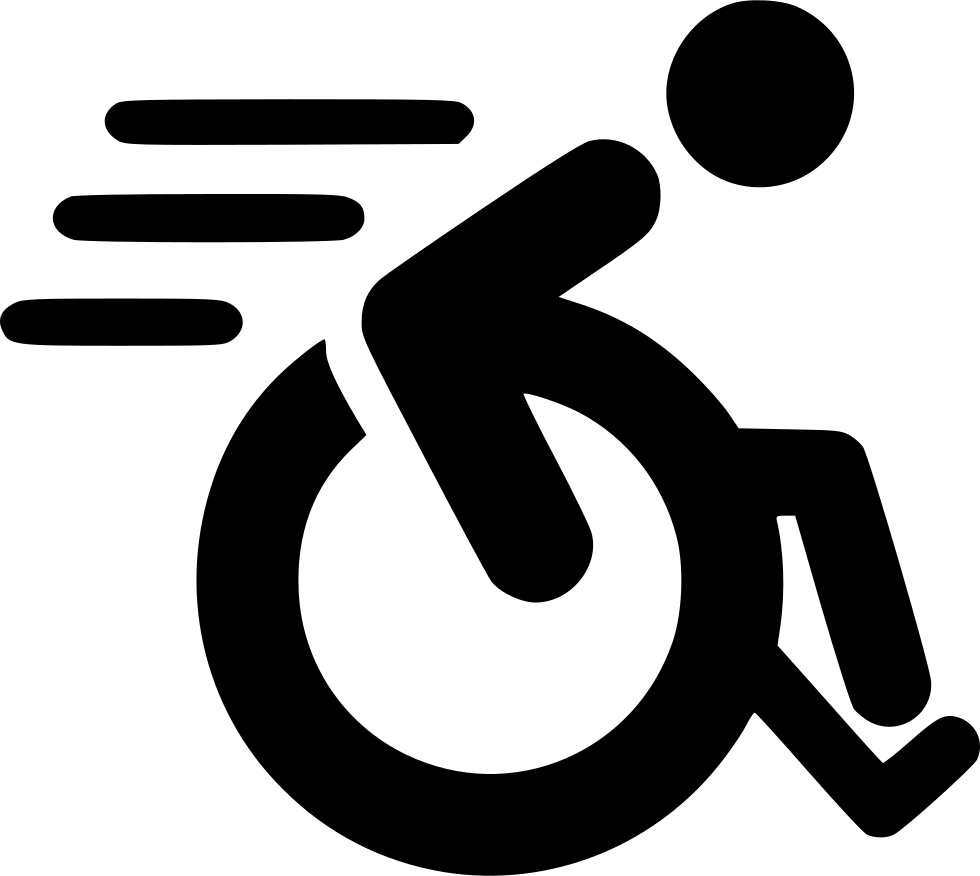Educational Articles
-
Tail injuries are common and can sometimes be managed with home first aid but some cases require veterinary care. Abrasions are mild scrapes that can be treated with daily cleaning and application of antibiotic ointment. Lacerations are more serious cuts that may expose underlying muscle and bone requiring stitches and often antibiotics. Tail fractures can heal well if they occur near the tip of the tail but if bones are severely damaged then amputation may be required. Nerve damage can occur from fractures, crushing injuries or severe tail pulls causing stretching or tearing of the nerves and can result in loss of fecal and urinary continence and can also result in a limp tail.
-
If your cat limps, or licks at her pads, she may have a foot pad that is torn, punctured, or burned. Minor injuries may be treated at home, by cleaning and covering the wound, but deeper or complicated wounds require veterinary attention. Try to avoid foot injuries in your cat by surveying the areas where your cat plays and walks.
-
Fleas and ticks can be found worldwide and can live in many climate zones. Prevention is key to avoid infestations and to prevent disease.
-
Adverse food reactions in cats are either caused by food allergy – an immune response to something ingested or food intolerance – a non-immunological response to something ingested. Signs of food intolerance are generally digestive in nature only. Food intolerance will generally occur on the initial exposure to the food or food additive in contrast to food allergy which requires repeated exposures to develop. Different causes of food intolerance include food poisoning, or inappropriate ingestion of an irritant, reaction to food additives, histamine reactions, lactose intolerance and dietary indiscretion such as eating fat or bones. A dietary history is important in diagnosing these conditions.
-
Genetic (DNA) testing is readily available, whether you are using it for fun to find out what breeds your pet is made up of or if you are looking into possible medical conditions. DNA samples can be collected either from a cheek swab or a blood draw. Knowing which breeds your pet is made up of can help you and your veterinarian prevent or prepare for health issues in the future.
-
Halloween can be fun for the whole family, but it can also be a scary or dangerous time for pets. Costumes, candy, and noises can cause problems such as stress, poisoning, and anxiety. Keep them in mind when planning your holiday and talk to your veterinarian if you need help with anxiety issues.
-
This handout outlines the various health registries in existence that strive to improve the health of dogs and cats. Included in this list are the Canine Health Information Center, Orthopedic Foundation for Animals, Companion Animal Eye Registry, Animal Registry of Certified Health, and the Cat Phenotype and Health Information Registry. Also discussed are canine breed-specific registries, along with the National Pet Microchip Registration.
-
Your older cat requires more care and attention to make sure they have the best quality of life. If they have certain medical conditions, that will factor into what they can do and how often they may need to see your family veterinarian. It's important to spend time with your cat to keep their stress low and monitor for changes.
-
The holidays add excitement to the winter months, but we cannot forget about indoor and outdoor toxins frequently seen at this time of year. Keeping your pets healthy and safe will help keep the holidays stress free.
-
An increase in your pet's breathing rate while resting quietly or sleeping is an early clinical sign that your pet may be developing heart failure and needs to see your veterinarian. In general, all normal dogs and cats have a breathing rate of between 15-30 breaths per minute when they are resting. Resting breathing rates that are consistently greater than 30 breaths per minute are increased and considered abnormal.


